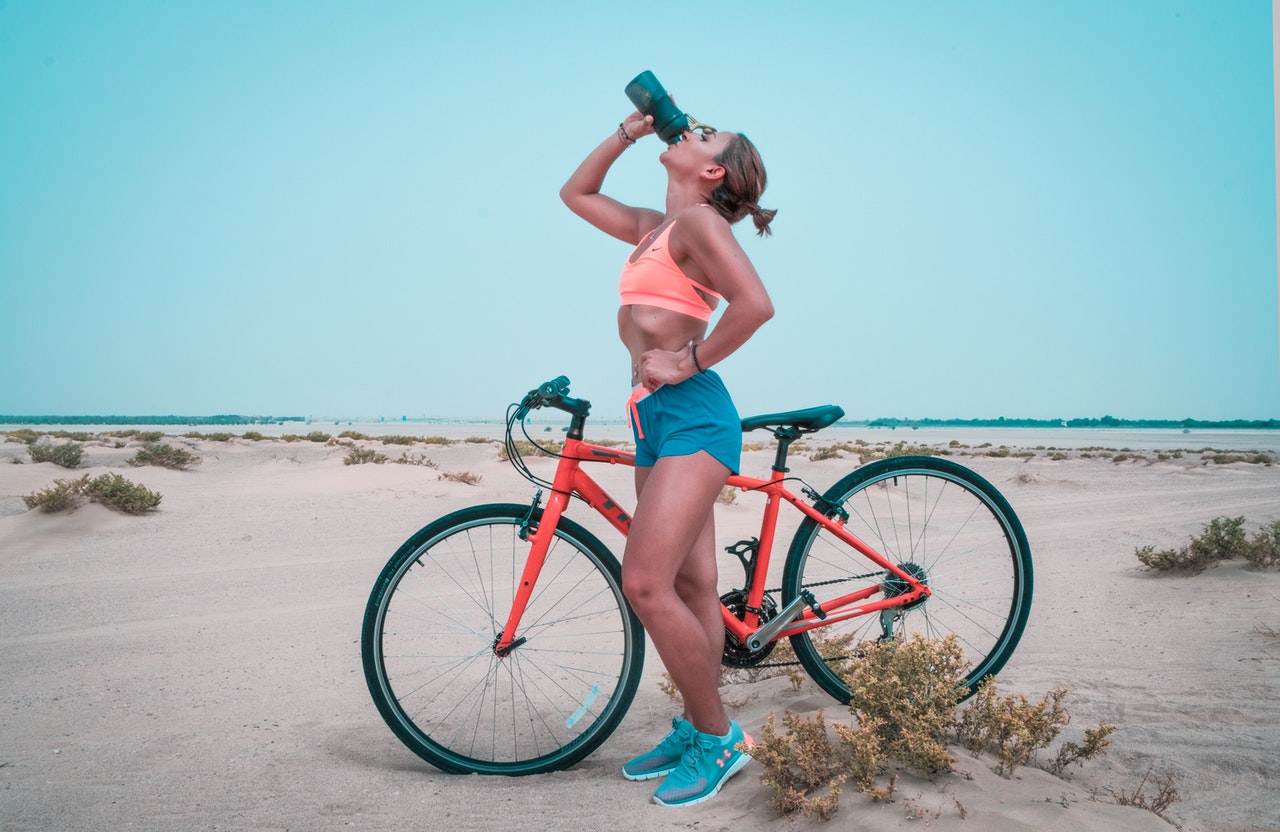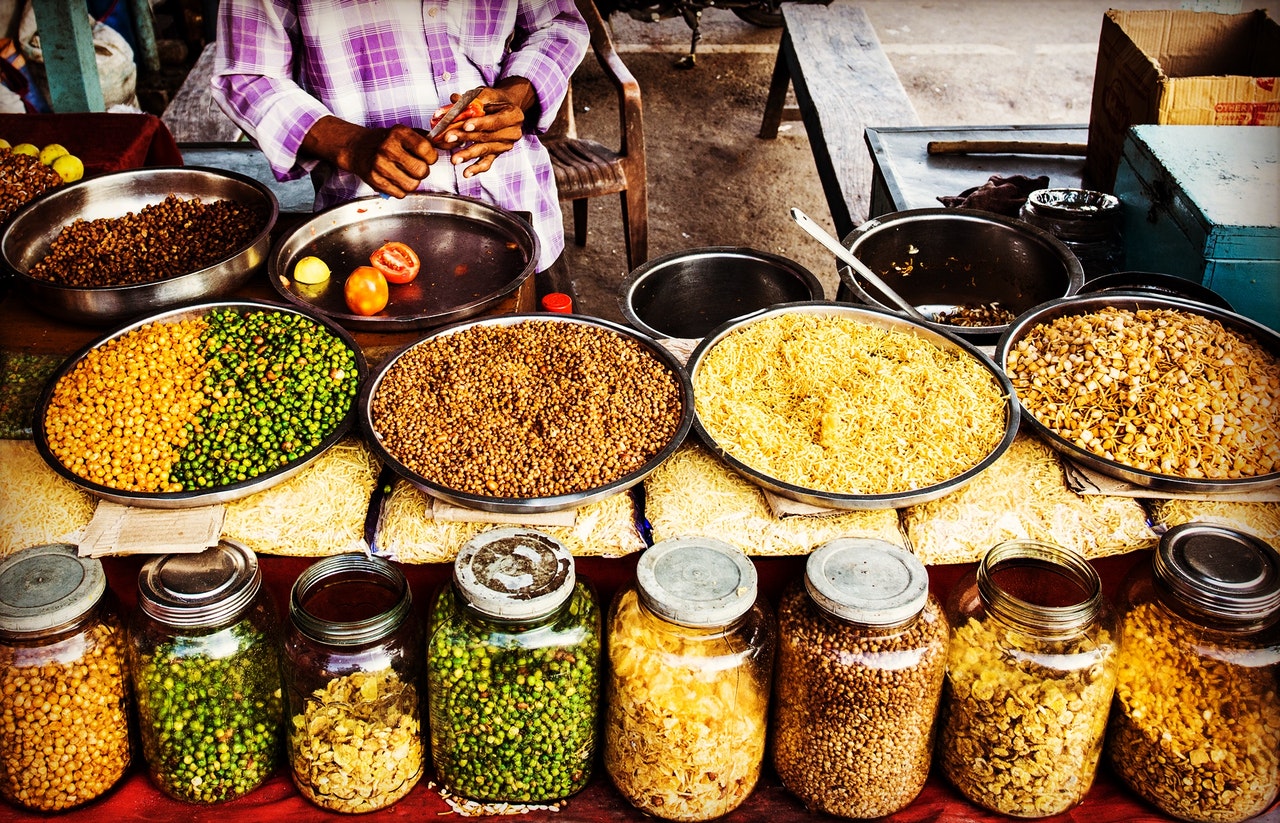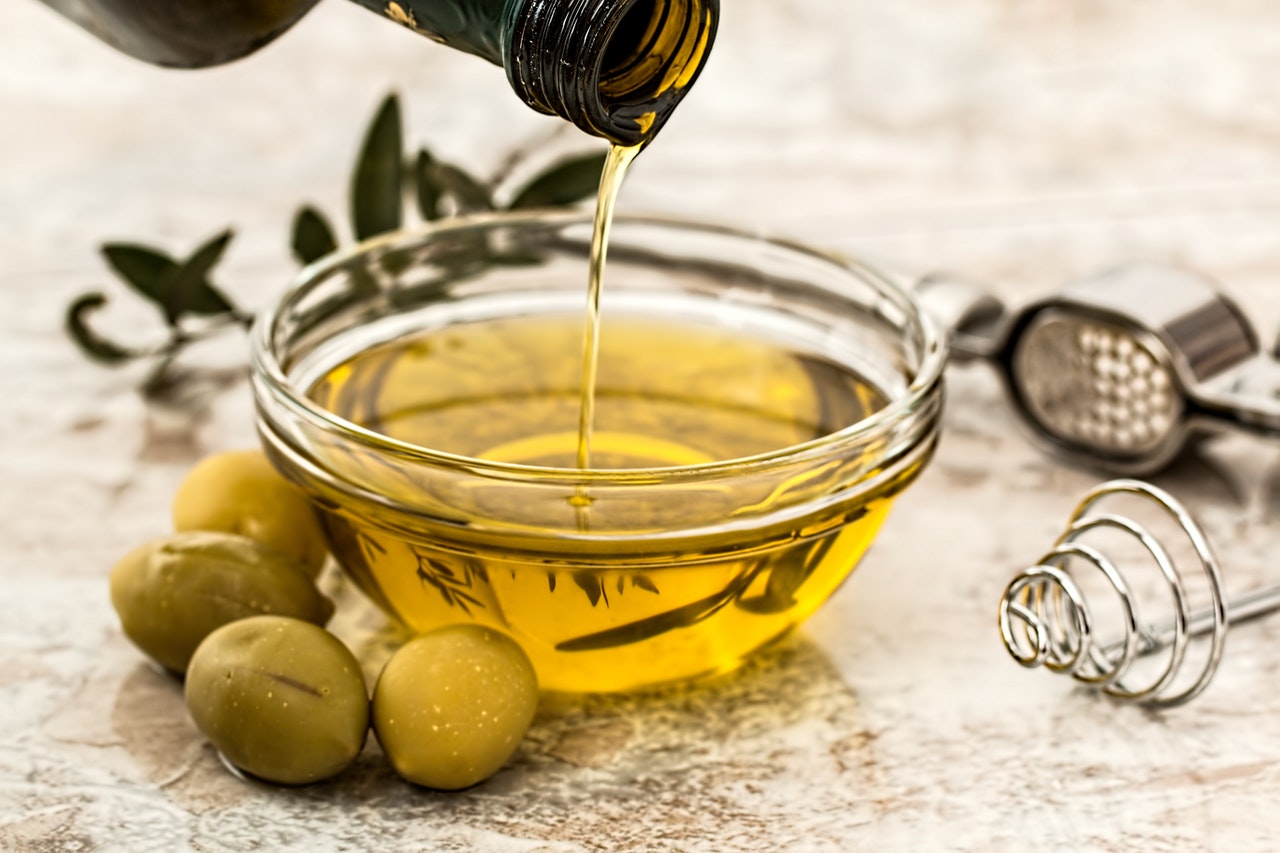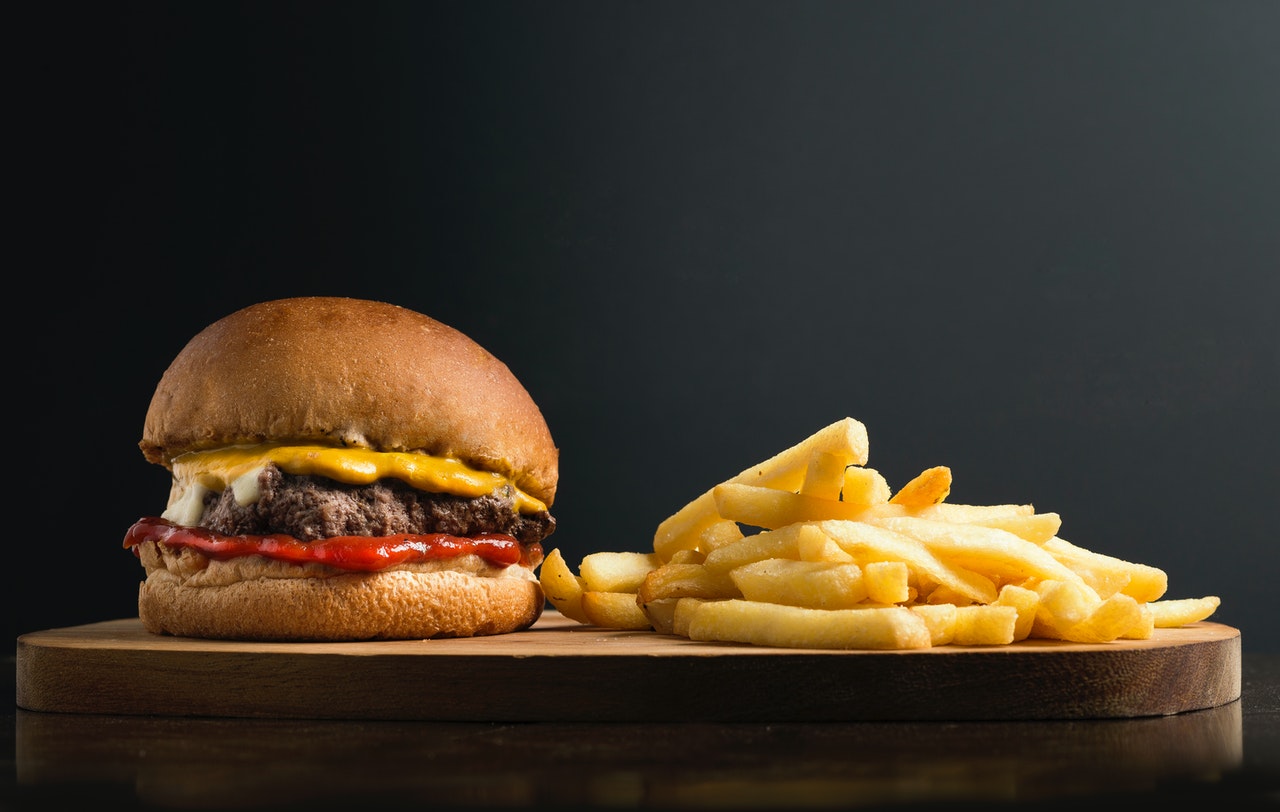7 Foods to Prevent a Deadly Blood Clot
A blood clot occurs when a clump of blood transforms from liquid to a state of a semi-solid or gel-like consistency. Although clotting of blood is a vital process in preventing excess bleeding during injury, certain types of blood clots can be quite detrimental to your health.
One of these is known as a deep vein thrombosis, or DVT, a blood clot that gets lodged deep within the veins. This can prevent the flow of blood to the affected area or even travel to other parts of the body like the heart or lungs, which can turn out to even be deadly.
Those who have conditions like cancer, heart disease, irritable bowel syndrome, and inherited clotting disorders are at high risk of contracting DVT. But even regular folk may be vulnerable to it, which is why it’s so important to be precautious.
One of the easiest ways to actively try and reduce your risk of getting a deadly blood clot is to alter your diet. Here’s a list of 7 foods that will help you do just that; plus, they’re super simple to add into your daily meals!
1. Drink More Water

Dehydration is one of the topmost contributing factors in the formation of a blood clot. When there isn’t enough water to mix with your blood, it thickens and is far more likely to clot. Although modern scientists have cast doubt on the recommendation to drink 6 glasses of water every day, no one disputes the fact that you need to drink plenty of water.
One of the best indicators of whether your body is getting enough water is to check the color of your urine. Clear or light yellow-colored urine conveys a healthy body wile dark yellow, orange, or brown urine indicates that you’re not getting enough water.
2. Eat a Kiwi

A healthy diet is one that is abundant in fruits and vegetables, there’s no doubt about it. But the kiwi fruit is especially powerful when it comes to the prevention of dangerous blood clots. According to a study conducted at the University of Oslo in Norway, people who ate 2-3 kiwis per day had lower platelet activation, the mechanism by which blood clots, when compared to those who ate none. They also had lower levels of cholesterol.
If you’re not particularly a fan of kiwi, you can also try other fruits that are rich in salicylates, which is the element that is effective in stopping blood clots, such as oranges, blueberries, raisins, strawberries, cranberries, and prunes.
3. Add Spice to Your Life

Garlic is one of the most widely used ingredients in ancient medicine. In fact, the Egyptians have been using it for its blood-thinning properties for ages. Adding plenty of garlic in your diet can help significantly lower your risk of DVT.
Garlic can give your food a lot of flavors, but you don’t have to stop there. Plenty of other herbs and spices like turmeric, cayenne, thyme, paprika, curry leaves, peppermint, and ginger are also high in salicylates. Not only will your food be bursting with flavor, but also with a whole host of health benefits!
4. Switch to Virgin Olive Oil

Olive oil is one of the choices you can make for your diet, far better than vegetable oils. According to the American Journal of Clinical Nutrition, the phenols present in olive oil can help lower the intensity of certain substances in the blood that promote clots.
Not only is it great for your heart health, but it’s also super easy to use as well – just switch your regular cooking oil for it! You can also infuse it with garlic and other healthy herbs and spices to use as a dressing.
5. Enjoy Nuts and Whole Grains

Vitamin E, a natural blood thinner, has been proven to reduce the risk of developing DVT. At the same time, it can prevent further blood clots for those who have already experienced DVT as well.
Nuts and whole grains are an excellent source of vitamin E. Add plenty of walnuts, almonds, hazelnuts, oats, lentils, and wheat in your diet.
6. Focus on Fish and Flax

According to scientific research, adding an extra 1.8 grams of omega-3 fatty acids in your diet every day can increase blood flow and decrease the thickness of your arteries significantly. Eating foods rich in omega-3 not only helps reduce your risk of DVT but also of strokes and heart attacks.
Fish is one of the most abundant and common sources of omega-3, especially kinds like salmon, mackerel, trout, herring, and anchovies. If you’re not a fish lover, you can also get your dose of omega-3s from foods like sunflower seeds and flaxseed.
7. Sip Red Wine or Grape Juice

A glass of red wine in the evening may be more than just a stress-buster. Research indicates that it can help prevent the development of blood clots, thanks to its high content of flavonoids. These work by controlling the production of platelets, reducing levels of fibrinogen (a blood-clotting agent), and accelerating fibrinolysis (a process that dissolves clots). Those who do not consume alcohol can also get a similar effect by drinking red grape juice.
Final Word: Limit Trans Fats

So now that we’ve talked plenty about what foods to add to your diet, it’s time to consider what to avoid. Specifically: foods rich in trans and saturated fats.
Saturated fats increase inflammation, hindering free blood flow and increasing your risk of blood-clotting and DVT. Foods that you need to avoid include the likes of full-fat dairy, fatty cuts of meat, junk food, processed foods, packaged foods, etc. Always read the list of ingredients before buying anything at the store!
Most of us tend to turn to the types of foods listed above when we get those sudden cravings. If we were to follow everything we talked about above, like drinking plenty of water, eating whole grains, nuts, fruits, and vegetables, you can significantly reduce the likelihood of an out-of-time craving. Have a stash of healthy snacks at your home and office in case they still occur.
And the final note is an encouragement to get fit and be more physically active. Not only is exercise an essentiality of a healthy mind and body, but a sedentary lifestyle is also another major contributor to the development of DVT.
